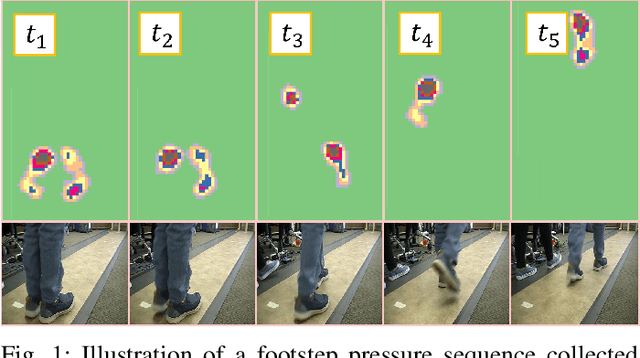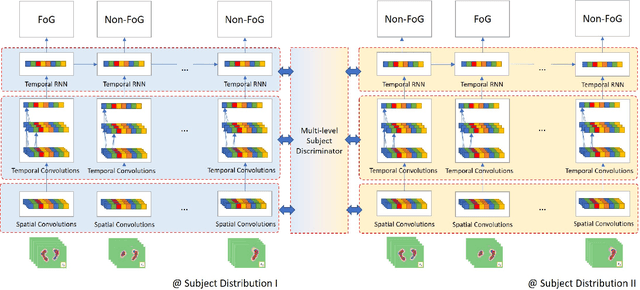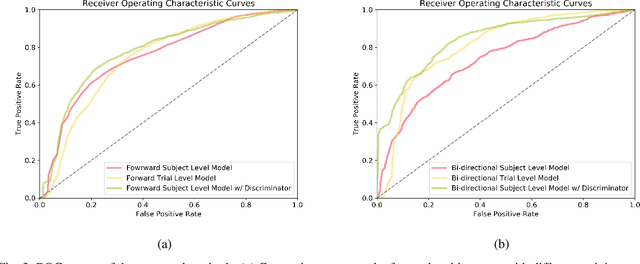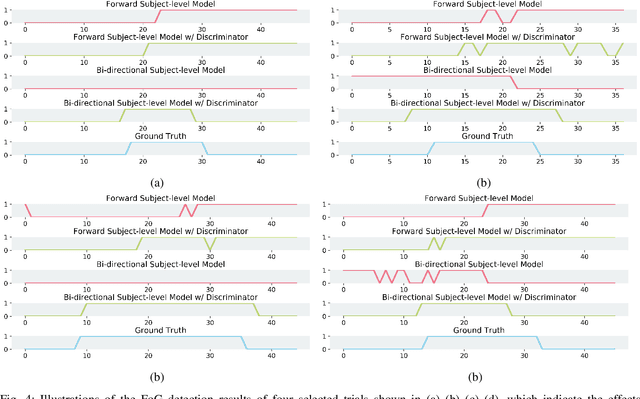David D. Feng
Multi-level Adversarial Spatio-temporal Learning for Footstep Pressure based FoG Detection
Sep 22, 2022



Abstract:Freezing of gait (FoG) is one of the most common symptoms of Parkinson's disease, which is a neurodegenerative disorder of the central nervous system impacting millions of people around the world. To address the pressing need to improve the quality of treatment for FoG, devising a computer-aided detection and quantification tool for FoG has been increasingly important. As a non-invasive technique for collecting motion patterns, the footstep pressure sequences obtained from pressure sensitive gait mats provide a great opportunity for evaluating FoG in the clinic and potentially in the home environment. In this study, FoG detection is formulated as a sequential modelling task and a novel deep learning architecture, namely Adversarial Spatio-temporal Network (ASTN), is proposed to learn FoG patterns across multiple levels. A novel adversarial training scheme is introduced with a multi-level subject discriminator to obtain subject-independent FoG representations, which helps to reduce the over-fitting risk due to the high inter-subject variance. As a result, robust FoG detection can be achieved for unseen subjects. The proposed scheme also sheds light on improving subject-level clinical studies from other scenarios as it can be integrated with many existing deep architectures. To the best of our knowledge, this is one of the first studies of footstep pressure-based FoG detection and the approach of utilizing ASTN is the first deep neural network architecture in pursuit of subject-independent representations. Experimental results on 393 trials collected from 21 subjects demonstrate encouraging performance of the proposed ASTN for FoG detection with an AUC 0.85.
 Add to Chrome
Add to Chrome Add to Firefox
Add to Firefox Add to Edge
Add to Edge